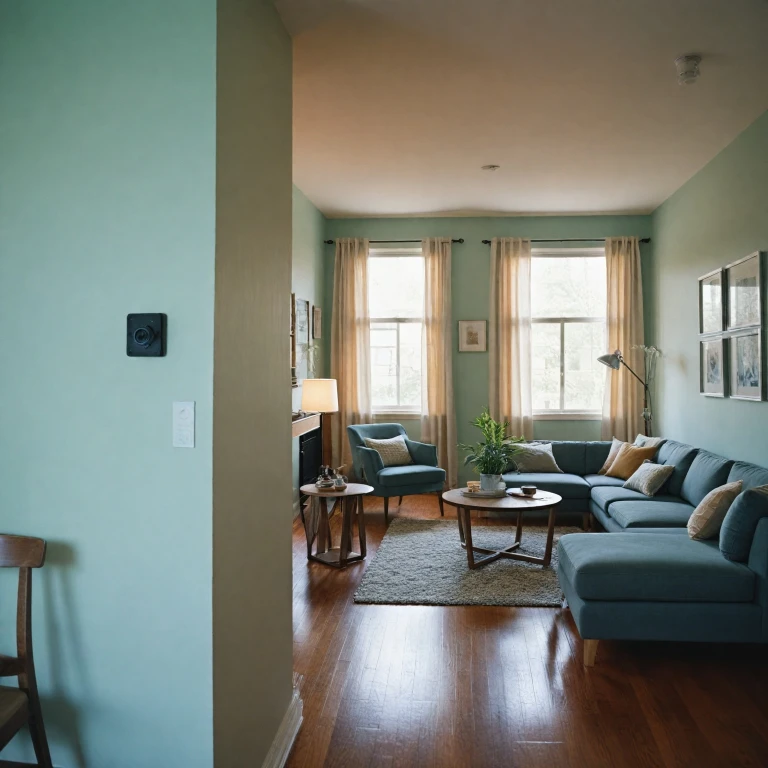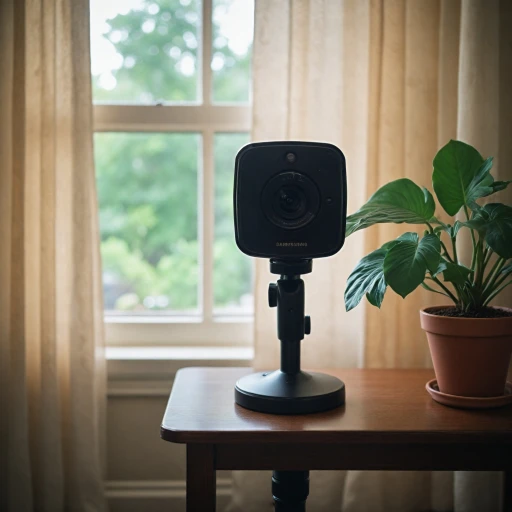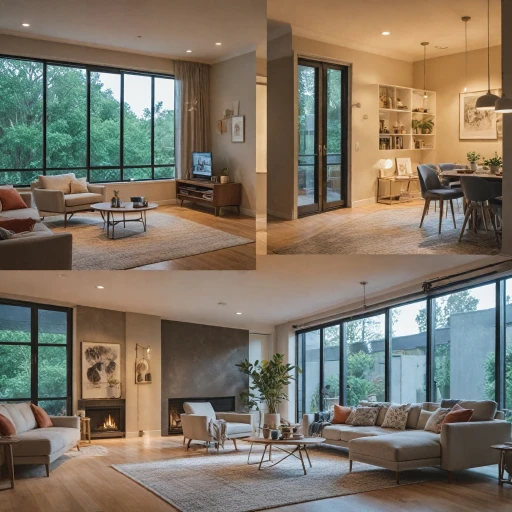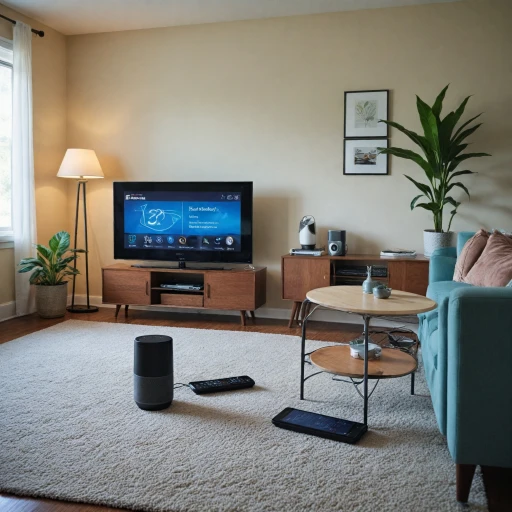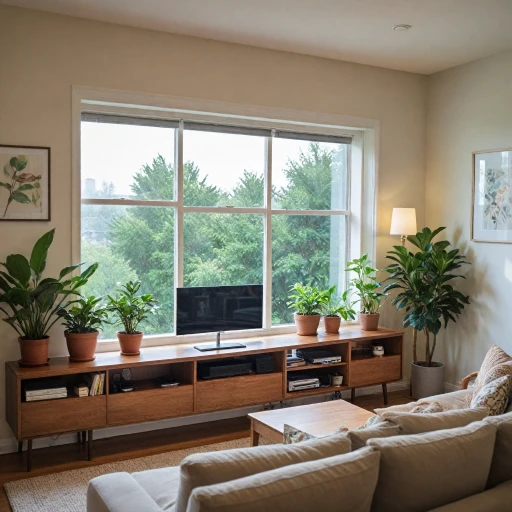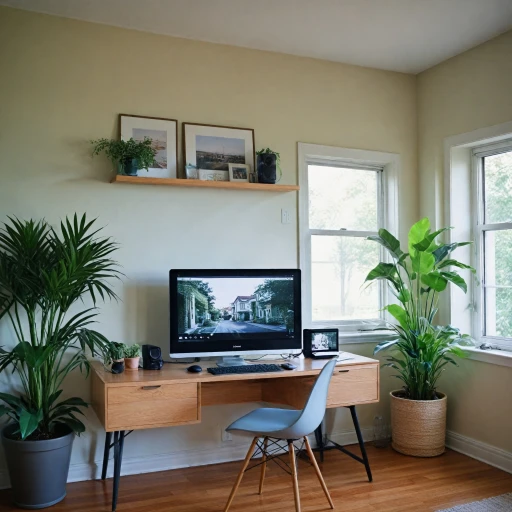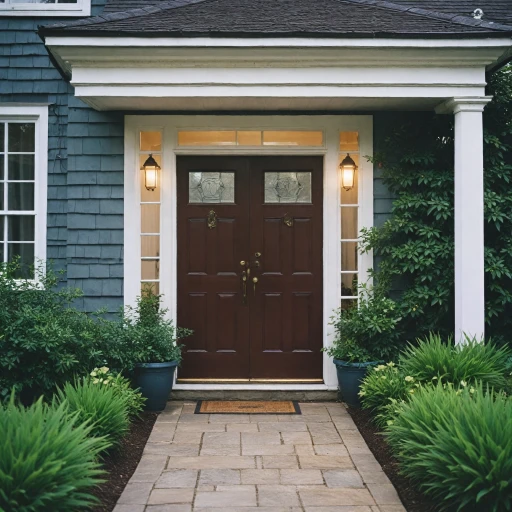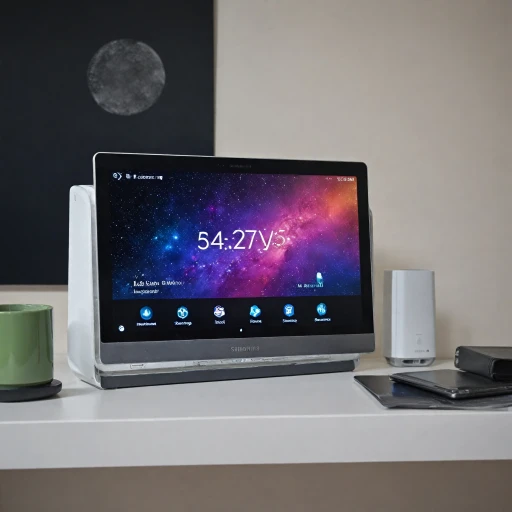Understanding Your Ring Camera Features
Leveraging Ring Camera Features for Enhanced Security
When it comes to fortifying your home, the Ring camera stands out with its robust features. Understanding these features is crucial for setting up the device effectively and ensuring comprehensive security. The Ring camera isn’t just a doorbell replacement; it's an integral component of modern home security systems. First, familiarize yourself with the impact of recent events on home security that have highlighted the importance of secure and reliable home surveillance. Understanding these incidents can provide valuable insights into potential vulnerabilities and the critical role your Ring device plays.- Live View and Two-Way Audio: This feature allows you to see and communicate with anyone at your door from anywhere through the Ring app. This app will be your primary interface for accessing real-time updates and alerts, enhancing your response time to any security incidents.
- Motion Detection and Alerts: The camera's motion sensors are pivotal in sending instant alerts to your device. You can set custom motion zones so that the camera will alert you to movement in designated areas only, reducing unnecessary notifications.
- Night Vision: With its infrared LEDs, the Ring camera provides clear images, even in low light, ensuring reliable security around the clock.
- Video Storage and Sharing: Video footage can be saved and shared via the Ring app. This feature is especially useful for reviewing any incidents or sharing evidence with authorities if needed.
Choosing the Best Location for Installation
Prime Positioning for Enhanced Coverage
When selecting the best spot for your Ring camera installation, a critical factor to consider is maximizing coverage. Strategic placement ensures your video doorbell or stick cam will offer comprehensive surveillance, mitigating blind spots and keeping high-traffic areas visible. Below are some key considerations:
- Entry Points: Position cameras near main entry points such as front and back doors, and garages. Monitoring these locations will provide an initial line of defense against intruders.
- Height and Angle: Mount your camera at a height of about 9 feet. Angled slightly downward, it can capture detailed facial features and a broad field of view without being easily accessible for tampering.
- Weather and Environment: For outdoor cameras, choose weather-resistant devices and consider foliage or structures that might obstruct the camera's view or impact the wifi signal.
Network Accessibility and Power Solutions
Ensuring your Ring camera has a stable connection to your home wifi network is essential. Carefully select an installation spot that maintains a strong signal strength:
- Signal Strength: Test the wifi strength where you intend to install the camera. The Ring app will aid in assessing the signal during setup.
- Power Supply: Decide between a battery-operated model, which offers more flexibility, or a hardwired option, which might require proximity to an outlet but guarantees continuous power.
For further insights on maximizing your Ring camera's potential, including understanding the impact of power choices, you might want to read our detailed guide on the power behind your Ring camera.
Step-by-Step Guide to Ring Camera Setup
Guided Steps for Seamless Installation
To effectively set your Ring camera, understanding the setup process is crucial. The steps you follow will ensure your device functions optimally, integrating seamlessly into your home security system. Here's how to get started:Start with the Basics
- Power Your Device: Attach the battery to your Ring camera or plug it into a power source. Ensure that the camera power is connected properly to avoid any setup issues.
- Download the Ring App: On your smartphone, download the Ring app which is essential to set and manage your camera. This app will guide you through each step of the setup process.
Connect to Your WiFi Network
- Open Ring App: Launch the app and create an account if you haven't already. Log in and navigate to the 'Devices' section.
- Add Your Device: Tap 'Set Up a Device' and select 'Security Cameras'. You’ll see options to scan a QR code or enter the device manually.
- Network Connection: The app will prompt you to connect your camera to the WiFi network. Enter your WiFi password and follow the on-screen instructions to link your camera to the network.
Placement and Testing
- Position Your Camera: Choose a strategic spot for your device. A corner that covers the maximum area is favorable. Once you've selected, securely mount your camera.
- Test and Adjust: Perform a test run after installation. Check video clarity, motion detection sensitivity, and make adjustments if necessary to ensure optimal performance.
Integrating Ring Camera with Smart Home Systems
Seamlessly Connect Your Ring Camera with Smart Devices
The ability to integrate your Ring camera with smart home systems greatly enhances its functionality. This process allows the camera to work in harmony with other devices, creating a truly connected home environment.
Begin by ensuring that your Ring camera is successfully connected to your wifi network. This is a prerequisite for further integrations. Typically, the initial setup process involves using the Ring app, which guides you through connecting to your wifi. Whether you're dealing with a battery-operated stick cam or a hardwired video doorbell, the steps remain fairly consistent.
To commence integration, first, open the Ring app. Within the app, you can set the device for smart home connectivity. Navigate to settings where you will find options to connect your camera to various smart home hubs like Amazon Alexa or Google Home. The setup usually involves allowing the Ring app to access these systems.
Once you have selected the preferred smart home system, follow the on-screen instructions to complete the integration. You may need to scan code or input a wifi password if prompted. With every step, ensure that the camera power is consistent to avoid interruptions.
Beyond mere connectivity, utilizing these integrations can streamline day-to-day functions. For instance, you can ask Alexa to show the front door through your Ring doorbell, or receive real-time alerts from Google Home. It's these small enhancements that significantly elevate the security capabilities of your Ring cameras.
After completing each set phase, test the integration to ensure all elements of the process are functioning correctly. This includes verifying wifi connectivity and app commands as well as any triggered actions like notifications or video feeds.
This approach fosters a robust, responsive, and secure network, making your home not just smart but also significantly safer.
Troubleshooting Common Setup Issues
Solving Common Ring Camera Setup Challenges
During the process of setting up your Ring camera, there's a chance you might encounter some hitches. Many users face similar issues, so here are practical solutions to get your camera up and running smoothly. Network Connectivity Issues Connecting to your WiFi network can oftentimes be the most challenging step. To ensure a seamless connection, verify that your WiFi signal is strong in the location where your camera will be installed. If your camera struggles to connect, try these steps:- Move the camera closer to your router to enhance the signal strength.
- Ensure you are using the correct WiFi password during the setup process.
- Consider using a WiFi extender to amplify the signal if the router is far from the camera location.
- Confirm that your network is functioning by connecting another device to the internet.
- Ensure the battery is charged if you're using a battery-powered model like the stick cam.
- For wired installation, make sure the power outlet is working.
- Check if the camera’s setup button needs a long press to activate setup mode.
- Updating the app to its latest version to eliminate bugs.
- Restarting your smartphone or tablet where the app is installed.
- Clearing the app cache, as this can sometimes resolve issues related to app performance.
- Reboot the camera by performing a hard reset and repeat the setup steps.
- Scan the QR code or MAC ID barcode on your device accurately during the installation.
- Ensure the camera is in setup mode; you might need to press the setup button again.

